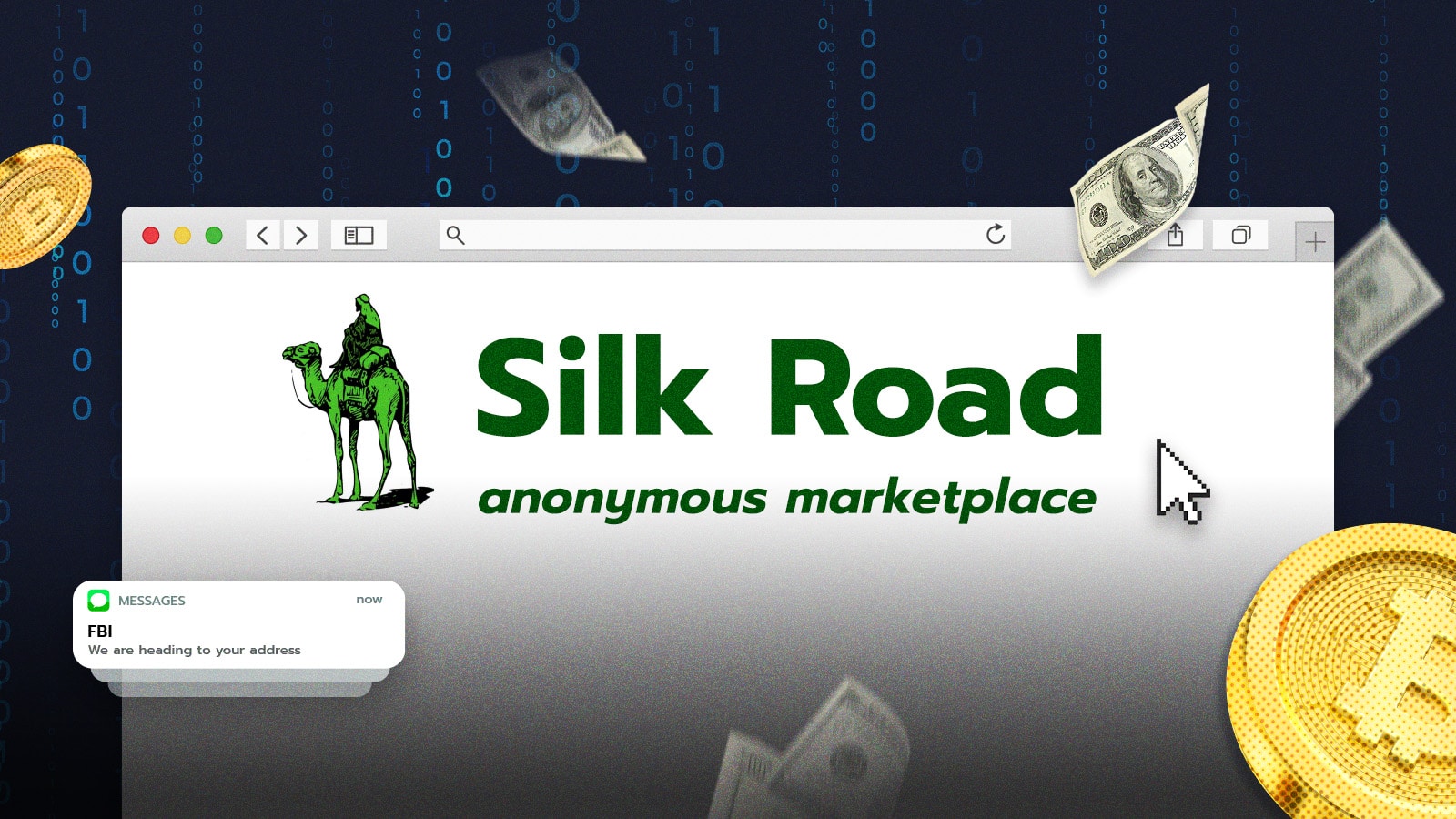Part 3: Bitcoin's Wild West - Pizza, Silk Road, and Digital Legends
In 2010, Bitcoin was still an oddity - a geeky concept floating through forums and message boards. Its price? Around $0.003 to $0.01. Most people had never heard of it, and those who had didn’t think it was going anywhere.
But a few early adopters saw something else. They weren’t in it for profit - not yet. They believed in the experiment.
🍕 The Pizza That Made History
On May 22nd, 2010, programmer Laszlo Hanyecz posted on the BitcoinTalk forum:
“I’ll pay 10,000 BTC for a couple of pizzas… maybe two large ones so I have leftovers for the next day.”
Someone accepted the offer, placed an order at Papa John’s, and got paid in Bitcoin.
10,000 BTC.
At today’s price, that’s worth hundreds of millions of dollars.
But Laszlo didn’t regret it:
“I didn’t regret it. Someone had to start it.”
This became known as Bitcoin Pizza Day - the first recorded real-world purchase using Bitcoin. A symbolic moment proving that BTC could be exchanged for goods in the real world.
🌑 The Rise of Silk Road
In 2011, a new website appeared on the Tor network: Silk Road.
It wasn’t just an online market - it was a full-on black market Amazon:
- Illegal drugs
- Fake documents
- Hacking services
- Even alleged hitman services
The payment method? Only one: Bitcoin.
It was ideal for Silk Road’s goals:
- Pseudonymous (not fully anonymous, but harder to trace)
- Decentralized
- Irreversible
For a time, it worked. Silk Road became one of the largest marketplaces on the dark web, and Bitcoin usage surged.
But the celebration didn’t last.
🧨 The Fall of Silk Road
In 2013, the FBI shut down Silk Road and arrested its founder, Ross Ulbricht, a.k.a. Dread Pirate Roberts.
He was caught in a public library with the admin panel of Silk Road open on his laptop. He was distracted while undercover agents grabbed the device from his hands.
Authorities seized:
- Over 144,000 BTC
- His laptop, with a live session still active
Ross was sentenced to two life terms without parole. The event sent shockwaves through the Bitcoin world. Prices dropped. Headlines declared Bitcoin a currency for criminals.
But this wasn’t the end - it was a transformation.
✨ Meanwhile, Satoshi Was Gone
In April 2011, Satoshi Nakamoto sent his final known message:
“I’ve moved on to other things. It’s in good hands.”
Then… silence.
- No further emails
- No media
- No Bitcoin moved from their wallet
Whoever Satoshi was - or is - their identity remains unknown. Millions of BTC linked to their mining wallet remain untouched to this day.
🔍 Extras: A Quick Primer for the Curious
What was the 2008 financial crisis?
In short: Banks gave out too many bad loans, wrapped them up into misleading investment packages, and when borrowers couldn’t repay, the entire system collapsed.
What made Silk Road so resilient?
It ran on the Tor network, used encryption like PGP for messages, and had an escrow system using BTC. Even the “Dread Pirate Roberts” identity may have been used by multiple admins.
How did Ross get caught?
He once used a forum post with his real email (altoid@…), and left traces that linked him to Silk Road. Combined with blockchain analysis and surveillance, it led to his arrest.
Was Ross eventually released?
Yes. In 2025, after years of petitions and public support, he was pardoned by U.S. President Donald Trump and released from prison.
Coming Up Next:
In Part 4: Mt. Gox and Ethereum’s Genesis, we’ll explore:
- The largest crypto exchange collapse in history
- How 850,000 BTC disappeared
- The origin story of Ethereum and a young coder named Vitalik
Stay tuned.

